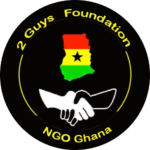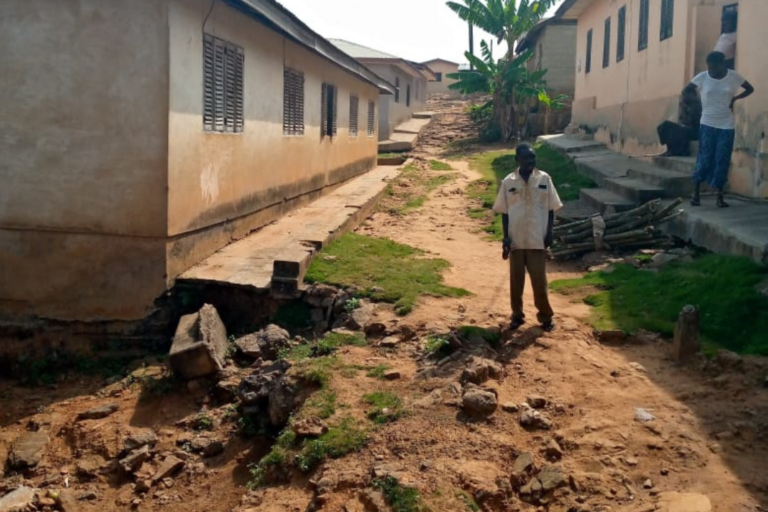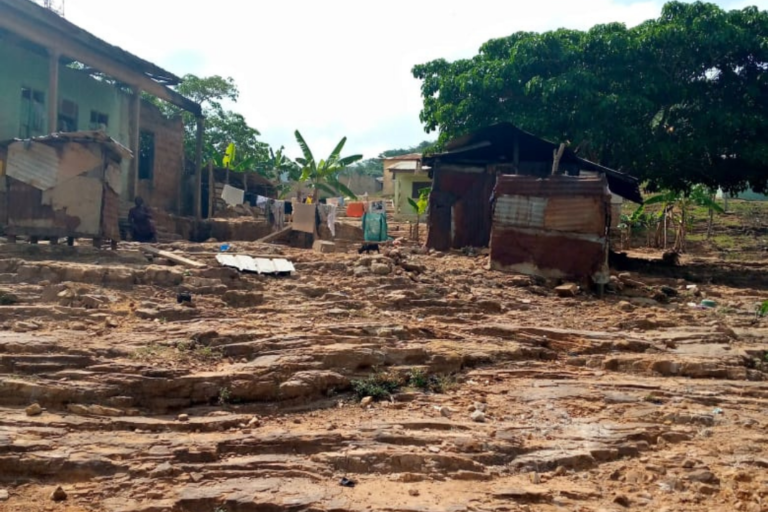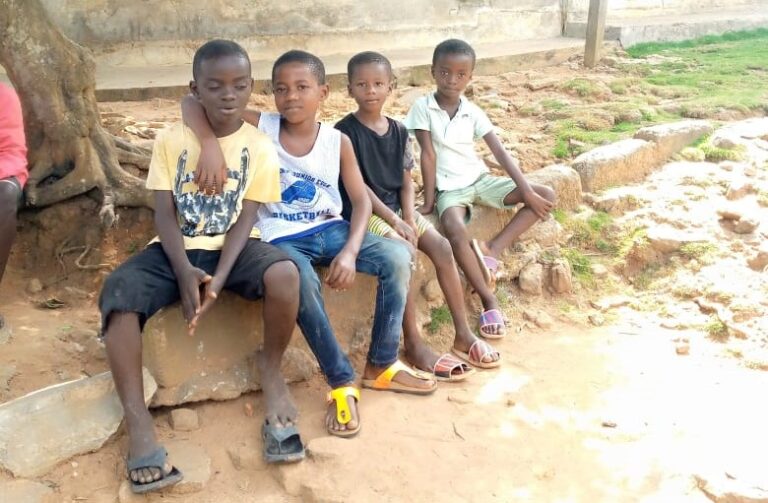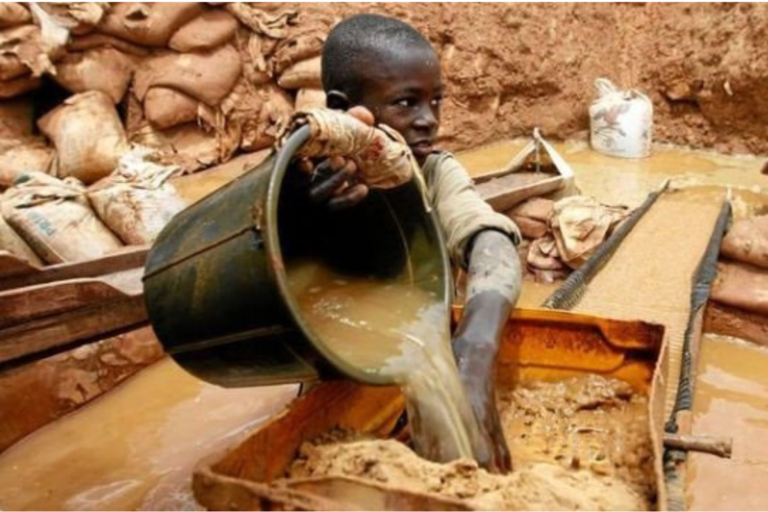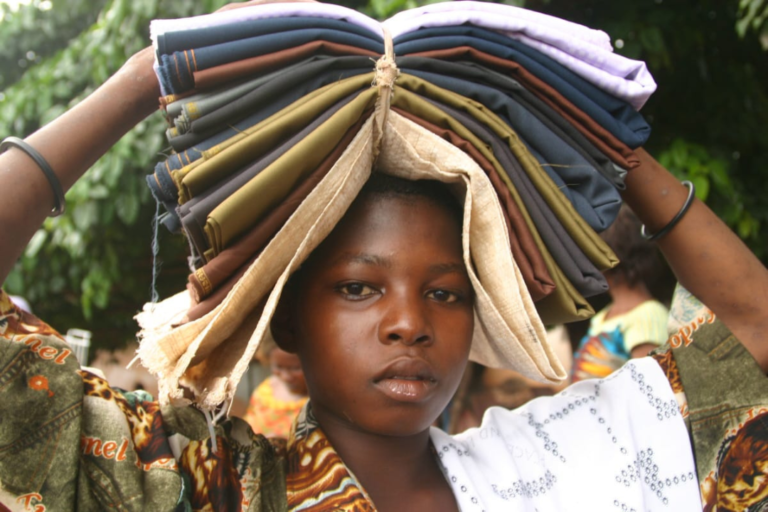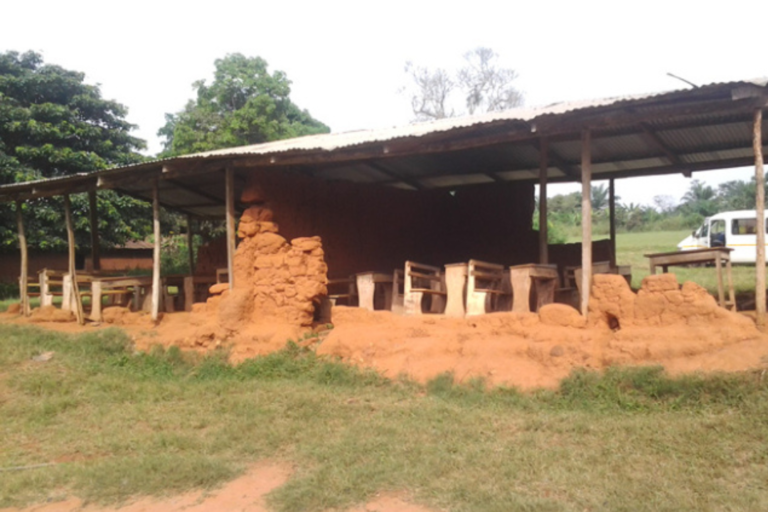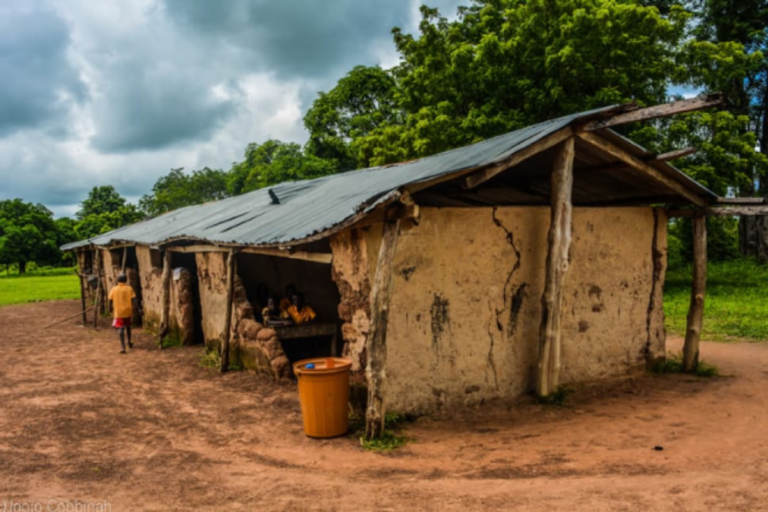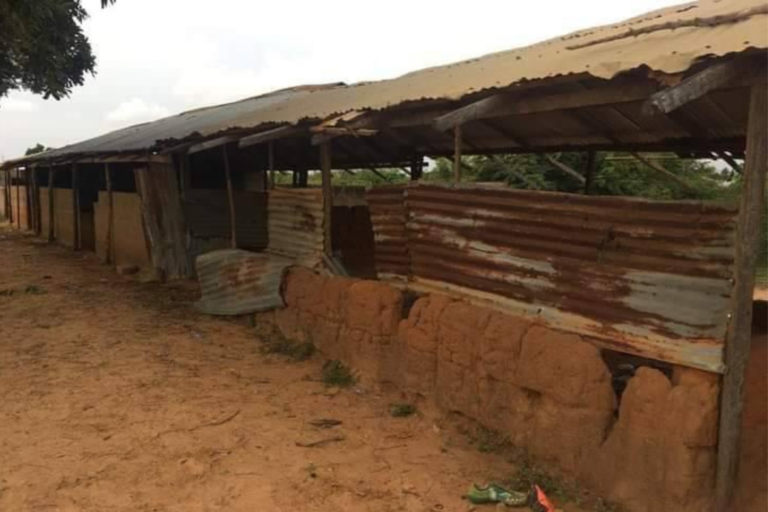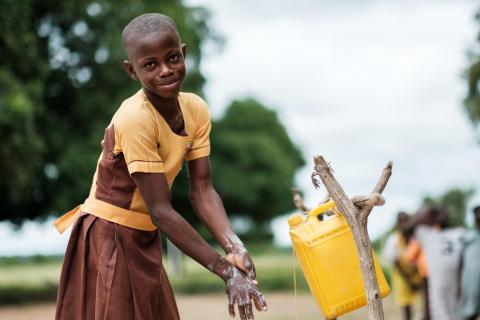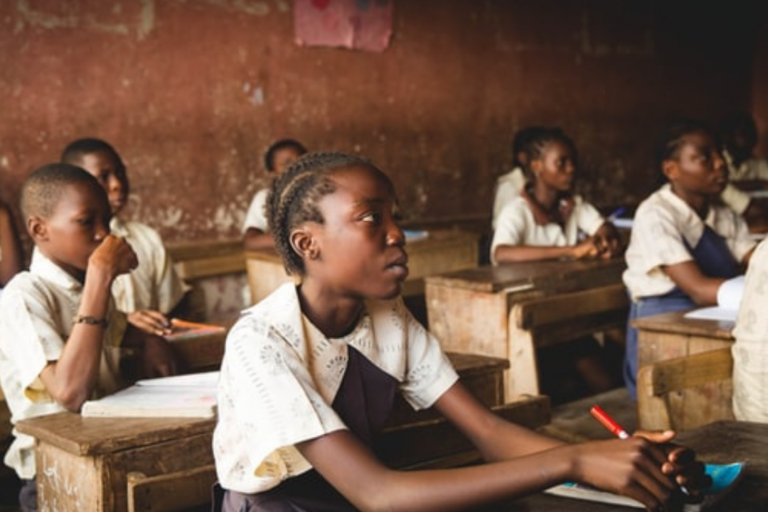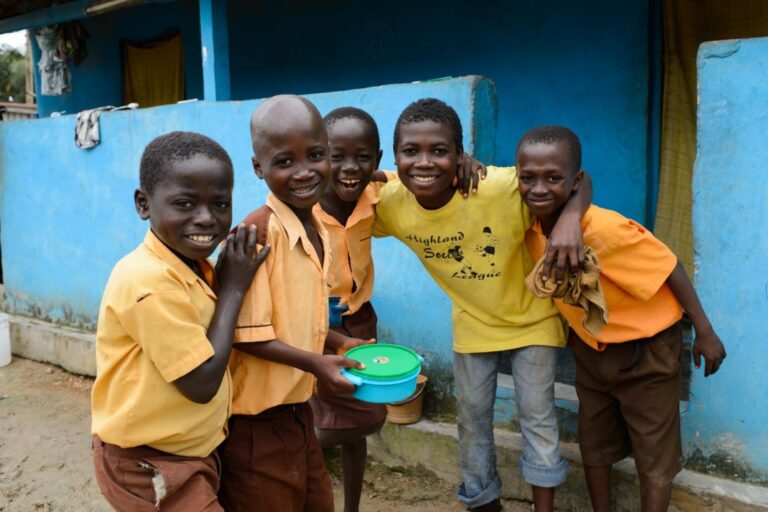Children & Youth
Our Youth, Our Future
The Republic of Ghana has a total population of around 32 million and its capital and urban centre is Accra. English is Ghana’s official language, although many other local languages are widely spoken.
Ghana was the first nation in Sub-Saharan Africa to achieve independence from its colonial power. When Ghanaian leader and Pan-African hero Kwame Nkrumah was ousted in a coup in 1966, a long period of military rule began. A new constitution was approved and multiparty politics were restored in 1992, ushering in a period of democracy.
When compared to many other countries in the region, Ghana has managed to largely escape the ethnic and civil wars that have plagued Western African nations.
Although Ghana has seen more economic growth than most other countries in the region, but thousands of its youngest citizens have not been able to fully benefit from the progress their country has made.
The UN Human Development Index ranks Ghana among the top 20 African nations. Ghana has been the most successful country in the region in terms of reducing extreme poverty and achieving economic growth. It has made remarkable steps towards the reduction of poverty according to the UN Millennium Development Goals (MDGs). Nonetheless, nearly 28 per cent of Ghanaians are still living in poverty.
In Ghana, factors such as lack of sanitation and limited access to advanced healthcare mean life expectancy is much lower than in western nations. More than a million children are orphaned by disease, financial struggle or abandonment at a young age, and many receive board, meals and an education at orphanages throughout the nation
Ghana is, demographically speaking, a very young nation. Nearly 40 per cent of the country’s population is under the age of 14. However, the hardships that many young Ghanaians face are overwhelming. 27,000 Ghanaian children of this youngest population segment are living with HIV. Around 160,000 Ghanaian children have been orphaned due to AIDS and are now facing a life without their biological parents.
At present, an estimated 1.1 million children in Ghana have lost either one of or both their parents. In Accra, thousands of young children and adolescents sleep on pieces of cardboard in doorways, parking lots and bus stations. They beg for money, sell merchandise or engage in petty theft in order to survive. Approximately one third of them are only 10 to 14 years old.
The vast majority of these children do not go to school. Thus, it is not surprising that 7 in 10 Ghanaian street children are illiterate. Some of these children have run away from their family, trying to escape domestic violence and abusive environments. Without a family to take care of them, there is a high risk that they end up in a vicious circle of poverty, drugs and homelessness.
The primary school enrolment rate for Ghana is roughly 80 per cent, which means that around 20 per cent of Ghana’s children are deprived of a basic level of education . 34 per cent of Ghanaian children engage in child labour activities, many of them do so during the hours they should spend at school.
Ghana is also marked by a relatively high infant mortality rate of roughly 49 deaths per 1,000 live births. Nearly half the births in this country are not attended by skilled medical staff.

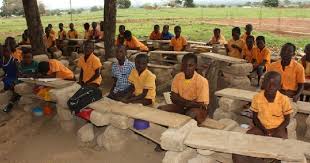
Children learning under trees due to no school infrastructures
Our Current Projects
Development of School Facilities and System
- Construction of Washrooms and Toilet Facilities highly needed
- Developing Educational Centres including Libraries and Computer Centres
- Providing School uniforms, shoes and school bags
- Developing facilities of orphan centers; Providing mattresses, bed linen, clothes and underwears as well as mosquito nets to orphanages.
